Installation of a PowerFul CDMA 24 DB with A Contactless Adapter
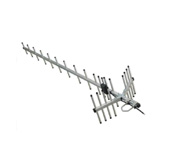
After switching to an unlimited tariff, the internet speed when checking via speedtest.net was on average 8-10 Mbps. When downloading files, the real speed was 800-1100 Kbps. Which is very good.
Recently, I noticed that when downloading files, the speed does not rise above 500 Kbps. I checked the speed, watched for a couple of days, and found out that the speed dropped to 5 Mbps. It is not clear why this happened. I checked the reception parameters in the program AxesstelPst EvDO BSNL 1.67, nothing changed there. In principle, not bad parameters, which I have shown already in many articles. I have a 14 dB antenna, the most usual. The distance to the tower is about 9 kilometers.
So, I decided to buy a more powerful antenna. I bought a new one, 24 dB, with a proximity adapter. Contactless adapter is a separate topic, below I will write about this device in more detail. I took it can be said because of interest, to see what this device is, how it will work, and just in case. I have a modem Huawei EC 306-2. And it has a very bad connector for the external antenna, very fragile. And it’s already broken, re-soldered. So, if it fails at all, you can use a proximity adapter.
Now we will consider the installation of a CDMA antenna, with a power of 24 dB. I’ll show you what results we got, and how the proximity adapter works.
CDMA antenna with a gain of 24 dB: installation and configuration
The antenna came with a cable (10 meters), and a proximity adapter. The antenna is large, two meters long. It looks like this:
The kit came with a cable, with an impedance of 75 Ohm. I decided to use my 50 Ohm. It seems to be better suited for CDMA antennas. I installed the antenna in the attic. I just plugged my old cable into it.
The antenna itself was pointed towards the base station. Ideally, of course, it is better to fix the antenna on a bracket, and raise it higher. But I have 9 kilometers to the tower. I think it makes no sense. Yes, and once tried it when I put the old antenna, there is no difference. And so, the antenna is under the roof, and will not get wet in the rain.
At the other end of the cable, I connected an ordinary adapter. And connected all this stuff to the modem.
I was not very impressed with the result. Practically nothing changed compared to a weaker antenna of 14 dB. Slightly improved performance in the program AxesstelPst EvDO BSNL.
With the older antenna, 14 dB:
The readings keep changing, especially DRC Requested. I’m the one who caught the best readings.
With the new 24 dB antenna:
As you can see, the readings have changed slightly for the better. As for the speed itself, almost nothing has changed there. Except for a little bit. It’s like this now:
These are the results. We need to experiment a bit more. You can try to put another cable, maybe mine is already damaged, it is old. Also, you can try to twist more antenna, or raise it. Maybe I will try it later. If there will be results, I will share them. But, something seems to me that the best performance is no longer possible.
Contactless adapter: how does it work and what are the results?
If your modem has a regular connector for an external antenna, then use it only. The signal through a proximity adapter is much worse than through a regular cable.
The proximity adapter is designed primarily for modems that do not have a connector for an external antenna. There are such models. And in the case of such modems, this is the only way to somehow strengthen the reception. For 3G Wi-Fi routers, which also do not always have the usual connector for the antenna. It looks like this:
We connect it to our antenna, and simply attach it to the modem. It is desirable, of course, to fix it with a rubber band, or duct tape.
This is the result obtained through this adapter:
These are not the best indicators, they all the time very much “jumped”. But, all even amplifies. True, a regular wired adapter gives much better results (see screenshots above).
Conclusions
After customization, I decided to call support. To find out why the speed could fall by half. The operator switched me almost immediately to a technician, with whom we talked a bit. But he could not answer me why the speed used to be 10 Mbps and now it is 5 Mbps. He only said that this is a normal speed, exactly the speed of the base station to which I connect. And he also said that the speed could have dropped because there were new subscribers. But I don’t believe it. Since it’s spring now, and the load on the contrary has fallen. The customers are mostly from rural areas. And in the early morning, the speed is just as slow.
It seems to me that the base station itself has tweaked something. Maybe they just limited the download speed, and because of that the station became more stable. I don’t see any other options for the speed drop. Although, the operator convinced me that it is impossible, the speed is not limited in any way.
That’s how it is. Share in the comments your results of speed measurements, and results from AxesstelPst, it will be interesting to see. All the best!

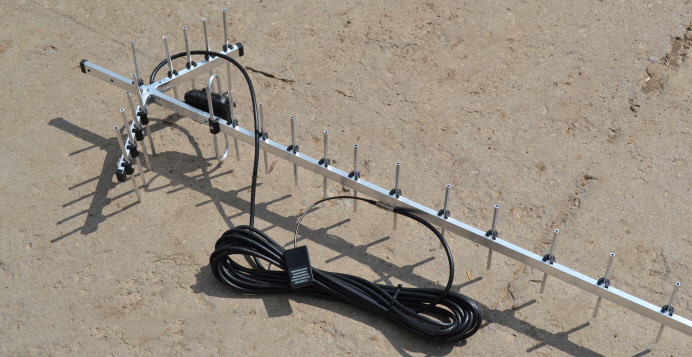


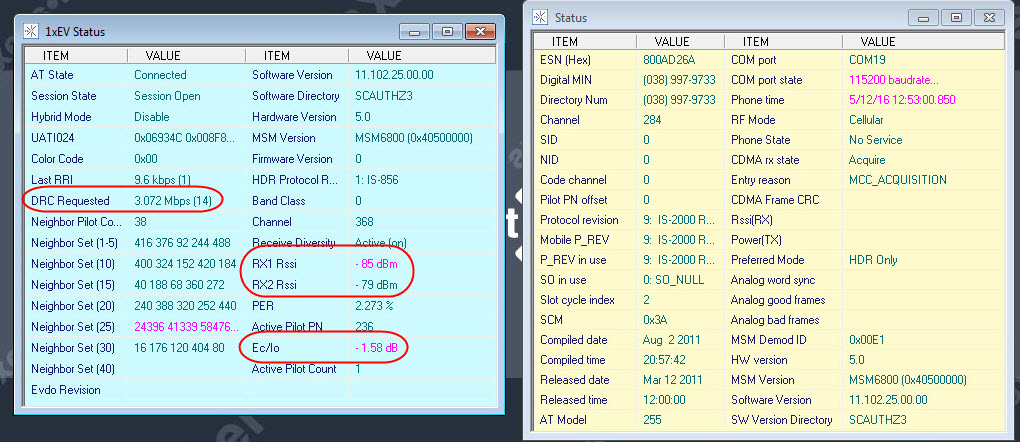

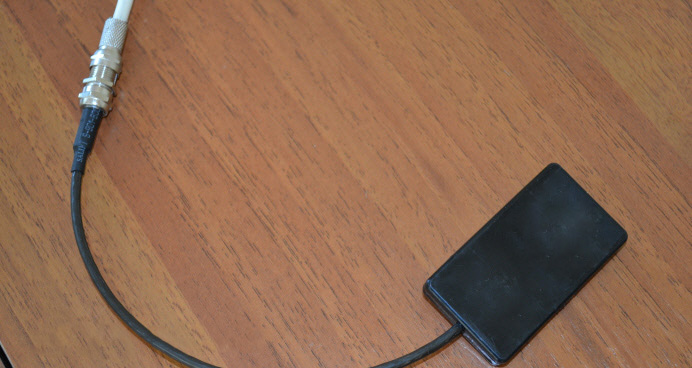

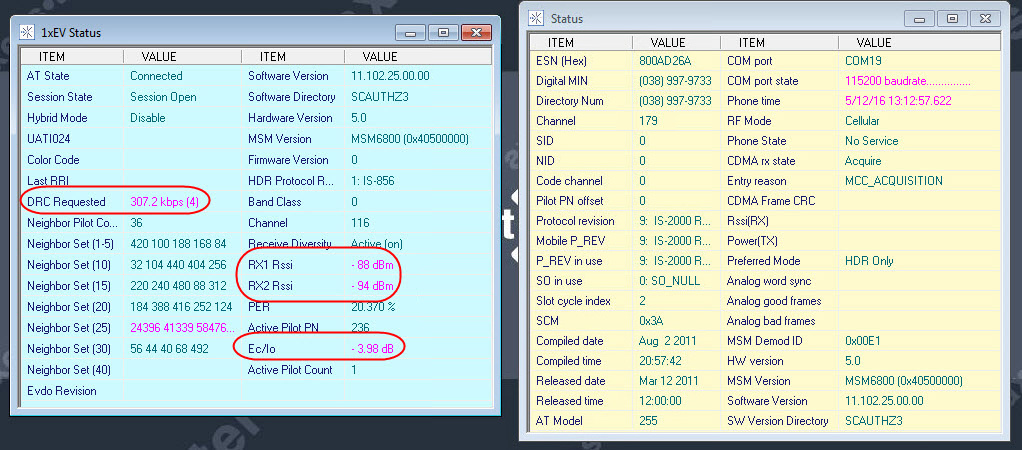
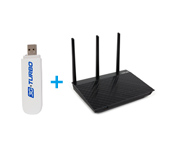 How to Distribute the Internet Via Wi-Fi C 3G USB Modem? Routers with USB Modems Support
How to Distribute the Internet Via Wi-Fi C 3G USB Modem? Routers with USB Modems Support 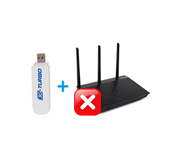 Who sod the wi-fi router see a 3g/4g usb modem?
Who sod the wi-fi router see a 3g/4g usb modem?